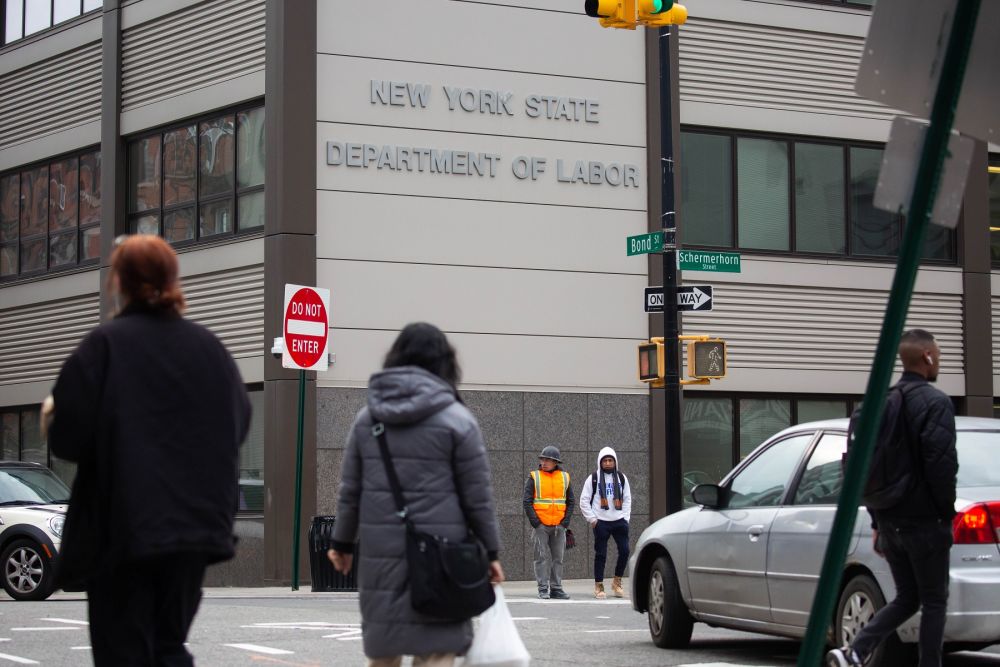January 11 U.S. media reported on the 10th that although American companies have not stopped recruiting workers during the epidemic, nearly 4 million Americans are still in a state of long-term unemployment.
CNN’s report defines people who have been unemployed for at least six months as long-term unemployed people, which accounts for more than 37% of the total unemployed group.
As of September last year, 2.4 million Americans were in long-term unemployment.
CNN believes that people who are in a long-term unemployment state usually have difficulty returning to the labor market, which will further curb the recovery of the U.S. economy.
“They’re stuck and start to face discrimination …
employers think they’re ‘smnant commodities,’” said William Spriggs, an economics professor at Howard University.
The increasing number of long-term unemployed will make it harder for President-elect Joseph Biden to measure the unemployment rate in the United States, Spriggs said.
This figure was 6.7% in December last year, the first time since April last year that there was no increase.
CNN’s analysis of the Bureau of Labor Statistics data found that more than half of the long-term unemployed mainly come from a few industries.
For example, the long-term unemployed in leisure and hotel industries account for about a quarter of this group.
Several other industries include education, health services and wholesale and retail trade.

Difficulty to re-enter the workforce both plagues the high-skilled and low-skilled unemployed.
Among them, the long-term unemployment rate of the unemployed in management, professional and sales positions is higher than that of ordinary service positions.
At the same time, federal data show that more than 40% of the unemployed groups of African descent and Asian descent have lost their jobs for at least half a year.
This proportion is close to one-third of the white and Latino groups.
In addition, the long-term unemployment rate of women is slightly higher than that of men, especially women between the ages of 25 and 44.
According to data provided by the federal government, about 8.4 million people received benefits through the Emergency Unemployment Compensation Program for the (COVID-19) Pandemic.
This project ended on December 19 last year. Another 4.5 million Americans receive unemployment benefits through the Pandemic Unemployment Assistance Program.
The program is open to freelancers such as freelancers.
According to a joint study released by economists from the University of Chicago and Notre Dame last month, about 7.8 million Americans have fallen below the poverty line since June last year, and the national poverty rate has increased from 9.3% in June to 11.7% in November.



